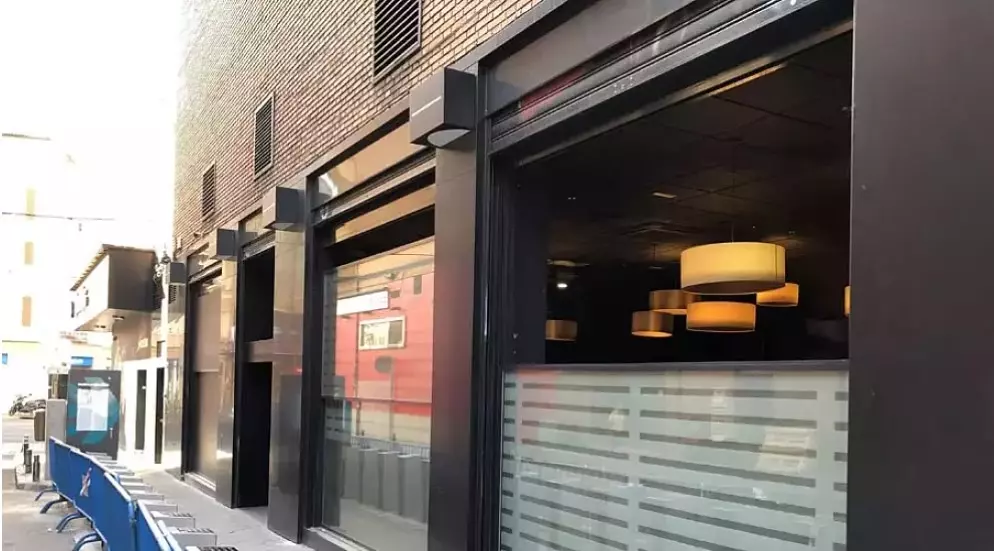- 2022.10.13
Vertical Bifold Windows
What is a Vertical Bifold Window?
Vertical bifold windows consist of two or more hinged framed window panels that fold on top of each other and move vertically. It is a similar system to guillotine window systems with some important differences. It can be called as a vertical bifold window, or it can also be called as a vertical bifold door system. Actually, it functions as a door more than a window on entrance level. A vertical bifold window can’t be applied at a full story height on the above-ground levels as it retracts only upwards.
How a vertical bifold window works?
A Vertical Bifold window, stack its panels on top. The panels fold as they are moved upwards. This motion requires a space on one side (the side the panels are stacking towards), and when the action is completed, the window panels are positioned to a 90-degree angle from where they used to be. The panels can be a standard aluminum framed glass combination, or it can differ in material. The main principle is the hinged system in this type of windows or doors. The vertical action automatically folds the panel on top of each other with this hinged system. The hinge is installed on the panels and not on the outer frame of the opening. Open a book to 180 degrees and hold it on the wall in a manner the cover of the book faces you. Then, slowly close the book without changing its height on top. The spine of the book will act as the hinge that connects two panels (front and back cover of the book) to each other. This basically is the answer for how the vertical bifold window works.
What are the differences between vertical bifold window and guillotine window?
First of all, vertical bifold window requires space in order to begin the action on one side. The amount of that space is equivalent to the height of a single panel. In guillotine window system the vertical movement does not include rotation of the panels, the panels simply move upwards and get stacked in front of each other. The vertical bifold doors and windows are with hinges whereas in the guillotine window system, panels are not hinged to each other, they are connected to a motorized system and pulled towards the top of the opening. Guillotine window system can be used in all levels of a building if the vertical movement is downwards. For instance, in Libart’s Panora Window systems, the window turns into a balustrade which makes the system applicable for all levels.
Why should you choose vertical bifold door systems?
Vertical bifold doors can come in handy in some situations. The stacking mechanism of vertical bifold door systems are different than standard doors and aluminum guillotine systems. As it becomes piled on top of the opening it folds into a position where the panels become horizontal. This can work as a top covering for a patio that protects the people underneath from rain or similar weather conditions. If the glazing is opaque when stacked upwards, vertical bifold doors can also provide shelter from sun. The main problem with this action in vertical bifold doors is that while moving it requires space in front. Therefore, for instance for a cafe if there are tables and chairs in the mentioned area they would have to be moved before operating the door. Another issue with this kind of door action is safety. Vertical bifold door systems might carry some danger in some situations when compared to retractable door systems that work with guillotine action. Especially, if the glazing is glass and does not have the proper thickness values and quality it becomes open to shattering in cases of impact. The glazing should be properly tempered and laminated to comply with the safety standards of most countries. In terms of safety, guillotine door systems provide better promises. The motorized retracting action of the frames make them disappear which provide protection to both people around and for the glazings.

